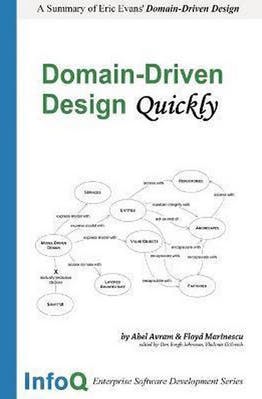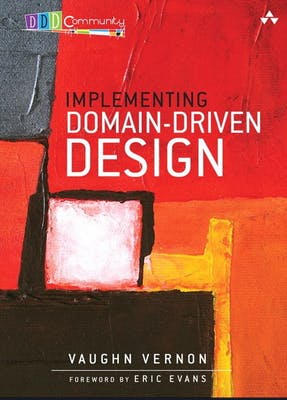When I first got interested in DDD (2016), I started to read tons of blog articles but I found nothing clear or actionable. I also tried to read the famous «Blue Book» by Eric Evans, but it was beyond a junior developer's comprehension.
Years later, after working for some companies with DDD ambitions but often shallow implementation of its concepts, I decided to start over from scratch.

I read twice over the last two years an excellent and free introduction available at InfoQ Domain-Driven Design Quickly. I recommend it as a first contact with DDD because as the name suggests, it is read "quickly". But do not expect to become proficient with DDD concepts just by reading this book.
So, in a "baby steps" fashion, I read lately a second "introduction", that goes a bit deeper than the previous book.

Vernon Vaughn, software architect and renowned authority in DDD, has significantly contributed to the field with books like "Implementing Domain-Driven Design" and "Reactive Messaging Patterns with the Actor Model."
Vaughn's deep expertise in DDD makes this book a valuable starting point for understanding DDD concepts. He adeptly distills complex ideas, enabling both beginners and experienced practitioners to grasp foundational principles.
A notable aspect of the book is Vaughn's ability to differentiate between strategic and tactical DDD patterns. This understanding is crucial for navigating the intricacies of DDD effectively.
Up until now, I was eager to implement tactical patterns (aggregates, domain events…), probably because the first book cited (DDD Quickly) covers extensively this topic. My DDD understanding stopped at this tactical level. But after reading "DDD Distilled" I got a grasp of the strategic part (subdomains, context mapping). Now I have a broader vision of DDD and am even more convinced of the need for design and architecture.
On design, the book excels in portraying aggregate design within DDD through practical examples, giving readers a clear understanding of how to address intricate software design challenges. This hands-on approach is invaluable, especially for those new to DDD.
However, the brevity of "Domain-Driven Design Distilled" limits its operational guidance, leaving readers craving more detailed and practical insights. To master DDD comprehensively, readers may need to explore Vaughn's more extensive works.
The final section, touching on event storming, CQRS and event sourcing, feels somewhat rushed and may be seen as a mere filler for the concluding pages, leaving readers wanting a more comprehensive exploration of these critical topics.
In conclusion, this book provides a solid introduction to DDD, thanks to Vernon Vaughn's expertise in simplifying complex concepts. But its brevity is both a strength and a limitation, making it an ideal starting point while encouraging readers to delve further into DDD through more extensive resources like "Implementing Domain-Driven Design."
Thanks to the "Green Book", I think I am now ready for a bigger, deeper one: the "Red Book". Probably the most recommended after the "Blue Book".


